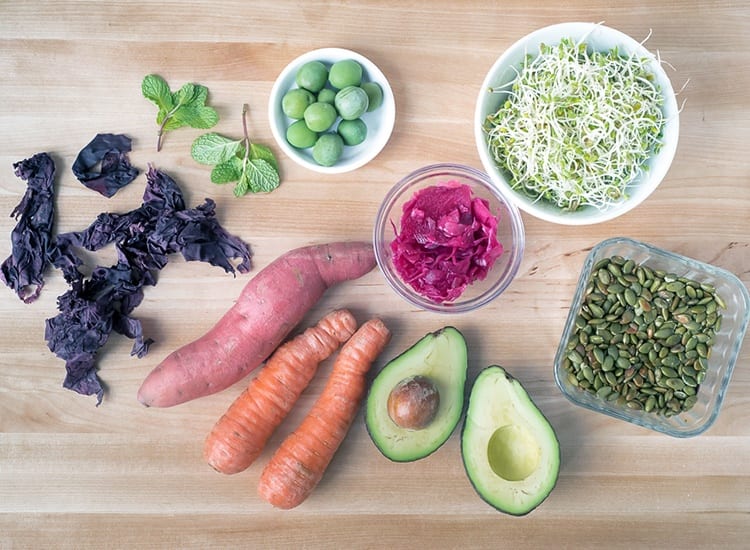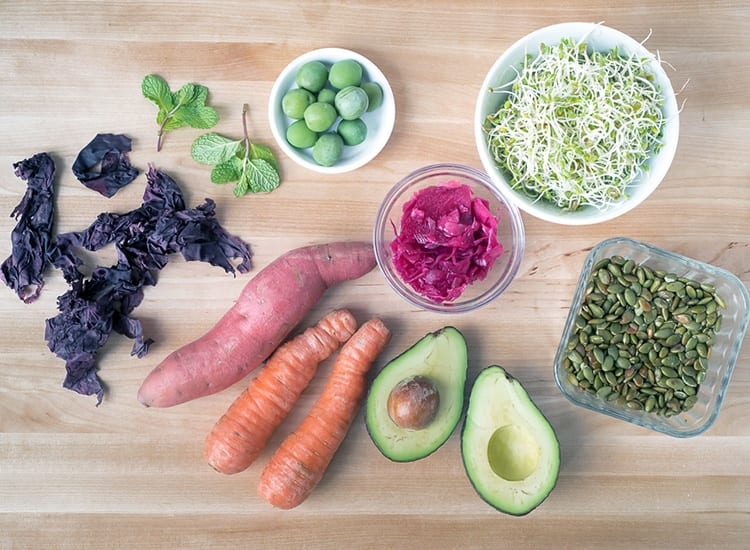Clean 21: 21 Day Detox
Our Signature 21-Day Full-Body Reset
Questions? Ask about this product
Free Shipping On Orders Over $50
Complementary products


Macrobiotics was one of the more popular diets in the 70s. In the past decade, there has been a resurgence in popularity. The macrobiotic diet isn’t a traditional “diet”, but more of a holistic way of living based on seeking balance in everything we do. The macrobiotic theory places special emphasis on diet since regulating what we eat and drink is the most basic and practical way to change our cells, tissues, organs, and minds.
Balance is somewhat of a buzzword in the wellness space. We close our laptops at 6 p.m. to achieve work/life balance. We go to yoga to strengthen our physical and mental balance. We even use toner to restore our skin’s pH balance after cleansing. With so much focus on creating harmony in our lives, diet is also a valuable part of the overall harmony equation. Essentially, those who follow macrobiotics believe that what we eat and how we prepare our food can bring us in closer harmony with our environments and ourselves.
Macrobiotics is grounded in yin and yang – a theory of complementary forces rooted in Chinese philosophy. Everything has both yin and yang aspects, including food.
Foods considered yin include fruits, vegetables, alcohol, and sugar. Yang foods are warm and grounding. This includes chicken, eggs, meat, and salt.
When a person eats too much yin food or too much yang food, it creates an imbalance in the body. Macrobiotics is about eating balanced foods like whole grains, leafy vegetables, beans, legumes, and sea vegetables to keep our lives in harmony with our communities, society, nature, and the universe.

George Ohsawa brought macrobiotics to the United States in the 1950s and is credited as the founder of the diet and philosophy. He coined the term using two Greek words: “Macro,” meaning large, and “bios,” meaning life. The macrobiotic theory is based on the teachings of Sagen Ishizuka, an imperial army doctor who combined the principles of Eastern medicine and Western science in his book, Diet for Health.
Ohsawa suffered from tuberculosis and ulcers as a teenager. He claimed he cured himself by following a diet based on Ishizuka’s teachings as well as yin and yang. After recognizing the link between diet and wellness, Ohsawa wrote multiple books on macrobiotics. One of his best-known known was called You Are All Sanpaku, in which he argued that Westerners were physically and spiritually out of whack because of unhealthy diets and habits.
One of Ohsawa’s most dedicated followers was named Michio Kushi, who arrived in the United States with his wife, Aveline, in 1949. Kushi and Aveline were responsible for igniting the macrobiotic craze in the 1960s. They opened the nation’s first natural foods store, Erewhon, and wrote macrobiotic cookbooks to spread the message. The lifestyle caught on with the counterculture and was famously adopted by John Lennon and Yoko Ono.
Today, macrobiotics are looked to as a healing diet for people with heart disease and high cholesterol, as animal fat is limited. The macrobiotic lifestyle is also well suited for healthy individuals who thrive on a vegetarian diet and have a desire to live in peace and harmony with their environments. It’s very compatible with certain elimination diets, including the 21-Day Cleanse.

Following a macrobiotic lifestyle is about finding balance and using natural cooking methods. Here are the basic principles of macrobiotics:
If you enjoyed this article, you might also like TCM: An Intro to Traditional Chinese Medicine
Written by Kate Kasbee
Sources:
This macrobiotic food guru is the reason you and Gwyneth Paltrow eat like hippies
How To Build A Balanced Plate: Why We Love The Macrobiotic Diet